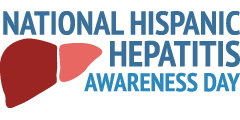Hepatitis A is a type of liver infection that’s highly contagious and caused by the hepatitis A virus. This virus is commonly passed through food and water contaminated by small amounts of human feces from a person infected with hepatitis A. However, it’s also a sexually transmitted disease (STD) passed during unprotected sex. If you’re exposed to hepatitis A, you may never have any symptoms, or you may develop a mild illness that lasts a few weeks or a severe illness that lasts several months. In rare cases, death may occur due to acute liver failure.
The number of reported cases of hepatitis A has fluctuated over the years. While these numbers dropped by more than 95% from 1995 to 2011, cases increased by 140% from 2011 to 2017. Person-to-person outbreaks jumped in 2017 largely due to drug use and homelessness in certain regions of the country. While there were 3,366 cases of acute hepatitis A infections reported in 2017, the Centers for Disease Control and Prevention (CDC) estimates this number to be 6,700 due to under-reporting. In 2017, reported cases in men increased more than in women, and hepatitis A was listed as the underlying or a contributing cause of death in 91 people in the U.S.
This guide provides basic information on the STD known as hepatitis A. Readers will learn about potential symptoms, which are numerous and vary in severity. The different types of tests used to diagnose hepatitis A will also be reviewed, including what the results of these tests mean. Other information discussed includes treatment options to ease symptoms and the importance of vaccination.


